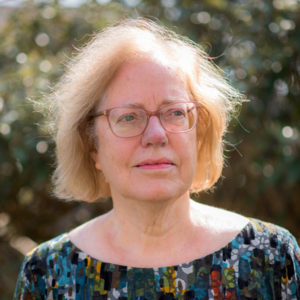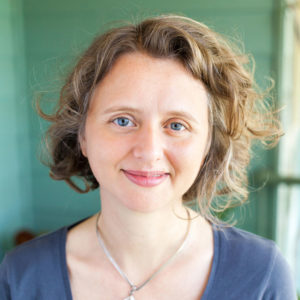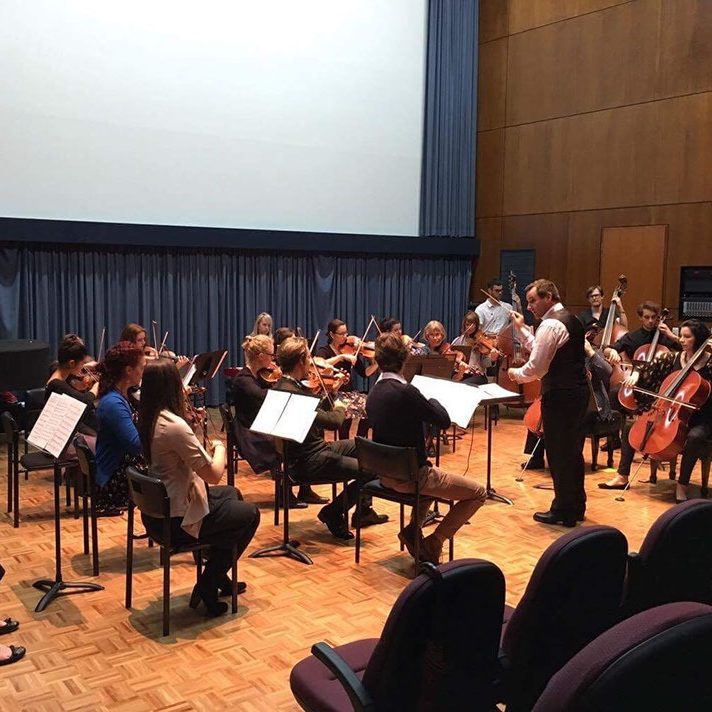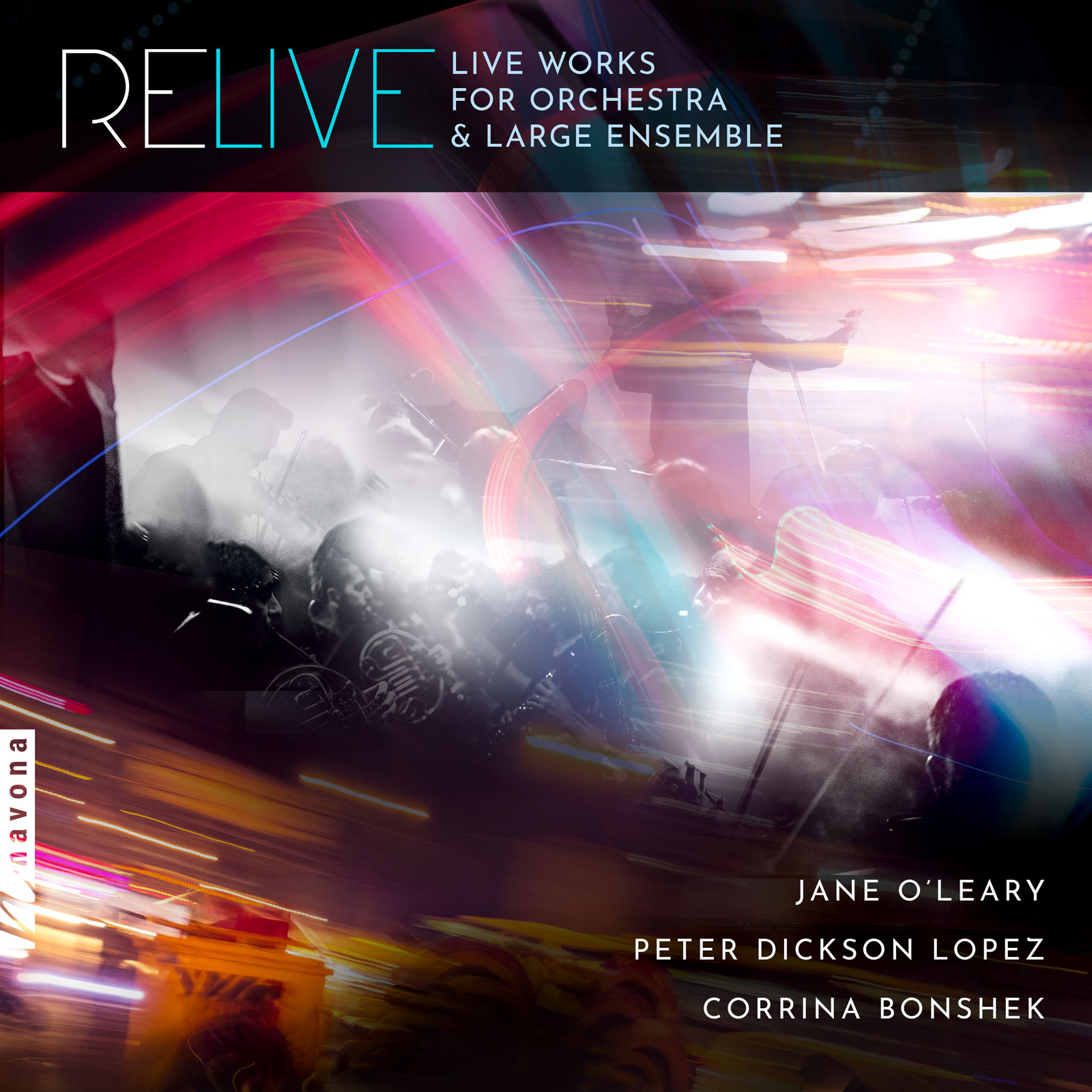Relive
Jane O’leary composer
Peter Dickson Lopez composer
Corrina Bonshek composer
RELIVE, from Navona Live features live performances of the music of three composers from around the world. This latest edition of the Navona Live series is inspired by an eclectic blend of world topics, literature, landscapes, and seascapes. Corrina Bonshek’s Dreams of the Earth is a reworking of a large scale piece for string and percussion inspired by the sight of a swirling flock of birds amidst the backdrop of climate change. The Ship of Death by Peter Dickson Lopez is a dramatic work for male voice and chamber orchestra based on the eponymous poem by D.H. Lawrence. From Sea-Grey Shores by Jane O’Leary is a musical response to the rugged landscape of coastal Ireland. Navona Live offers concertgoers the chance to enjoy the works of these world-class composers from anywhere.
Listen
"The sound quality and performances are superb"
Track Listing & Credits
| # | Title | Composer | Performer | |
|---|---|---|---|---|
| 01 | From Sea-Grey Shores (Live) | Jane O’Leary | RTÉ National Symphony Orchestra | Gavin Maloney, conductor | 9:39 |
| 02 | The Ship of Death (Excerpts) [Live] | Peter Dickson Lopez | Arch Ensemble for Experimental Music | Robert Hughes, conductor and co-music director; Thomas Buckner, tenor and co-music director | 21:18 |
| 03 | Dreams of the Earth (Live) | Corrina Bonshek | Ady Ensemble | Adrian Head, conductor | 8:59 |
FROM SEA-GREY SHORES
Recorded live November 7, 2017 at the National Concert Hall in Dublin, Ireland
Recorded by RTÉ National Symphony Orchestra
THE SHIP OF DEATH
Text The Ship of Death, D. H. Lawrence
Recorded live February 22-24, 1980 in San Francisco CA
Recording Engineer Bob Shumaker
Editing and Mixing Bob Shumaker, Robert Hughes, Tom Buckner, Peter Dickson Lopez
Patrice Hambelton, flute; Robin May, oboe; William Wohlmacher, clarinet; Greg Barber, bassoon; George Mealy, french horn; Carole Klein, trumpet; Johannes Mager, trombone; Dan Smiley, violin; Lorrie Hunt, viola; Ami Radunskaya, cello; Rae Imamura, piano; Norman Peck, Ward Spangler, Raymond Froelich, Peter Scherer, Perry Dreiman, Scott Thomas, percussion; Paula Abrams, harp; Sarah Lutman, manager; Anthony Gnazzo, live electronics
Conversion of Tape Media to Digital Format Peter Dickson Lopez
Compilation of Excerpts (2020) Peter Dickson Lopez
Original Release: 1750 Arch Records, 1983
Library of Congress Catalogue No. 82-743344
DREAMS OF THE EARTH I
Recorded December 16, 2018 at 4MBS Classic FM103.7 in Brisbane, Australia
Recording Session Engineer Richard Grayden
Editing and Mixing Adrian Head
Sam Andrews (Concertmaster), Tom Riethmuller, Richard Clegg, Jorge Al Gindi, Greta Kelly, Sarah Trenaman, violin I; Helen Carvolth, Helen Bereton, Kaitlyn Bowen, Ben Richards, Lexi Gorton, Cara Taggart, violin II; Samara Marinelli, Josephine Ford, Rafael Andrade, viola; Naomi Faulkner, Chloe Yap, Sophie Loades, cello; Sam Nock, bass; Sophie Collis, cello
Executive Producer Bob Lord
Executive A&R Sam Renshaw
A&R Director Brandon MacNeil
A&R Quinton Blue, Danielle Lewis
VP, Audio Production Jeff LeRoy
Audio Director Lucas Paquette
Mastering Shaun Michaud
VP, Design & Marketing Brett Picknell
Art Director Ryan Harrison
Design Edward A. Fleming
Publicity Patrick Niland, Sara Warner
Artist Information

Jane O’Leary
Born in Hartford, Connecticut (1946), Jane O'Leary studied piano from an early age,graduated from Vassar College and completed a PhD in composition at Princeton University, where she studied with Milton Babbitt among others. In 1972 she moved to Ireland and has made her home in Galway on the west coast. A founding member of Aosdána, Ireland's state-sponsored academy of creative artists, she was awarded an Honorary Doctor of Music Degree by the National University of Ireland in 2007.

Peter Dickson Lopez
Peter Dickson Lopez traces his musical roots to a broad range of early influences including his tenure as a graduate student at the University of California at Berkeley (USA), attendance at Tanglewood (USA) as a Fellowship Composer, and as recipient of the George Ladd Prix de Paris (1976–1978). The eclectic nature of Lopez’s mature style stems no doubt from having worked directly with composers of diverse approaches and philosophies during his early years at Berkeley and Tanglewood: with Joaquin Nin-Culmell, Andrew Imbrie, Edwin Dugger, Olly Wilson, Earle Brown at UC Berkeley (1972–1978); and with Ralph Shapey and Theodore Antoniou during his Fellowship at Tanglewood (1979). Even more influential to Lopez’s artistic development was his residence in Paris where he had the opportunity to listen to many live concerts of contemporary European composers as well as to attend numerous events at IRCAM.

Corrina Bonshek
Corrina Bonshek (b. 1977) is an Australian composer who is inspired by sounds and patterns in nature and our cosmic existence. Her music has been described as “beautifully shaped and contemplative” (Clare MacClean, 2013), “deeply spiritual in intent” (Anne Boyd, 2002), and “connected to the essence of South-East Asian music – timelessness” (Chinary Ung, 2014).

The Ady Ensemble
The Ady Ensemble was founded by Adrian Head in 2011. They are a twenty-three piece string ensemble providing innovative & eclectic concerts that are insightful, fun, and rewarding for their audiences. Their diverse repertoire ranges from the 1300s through to last week and is derived from classical, pop, techno, avant garde, cult, and gaming genres.

